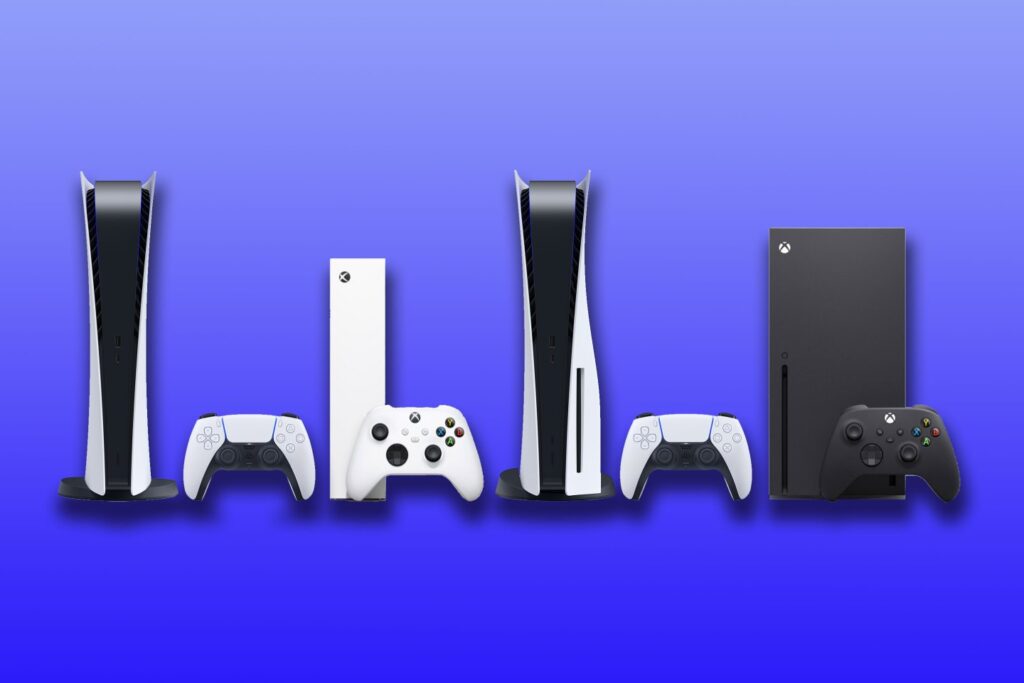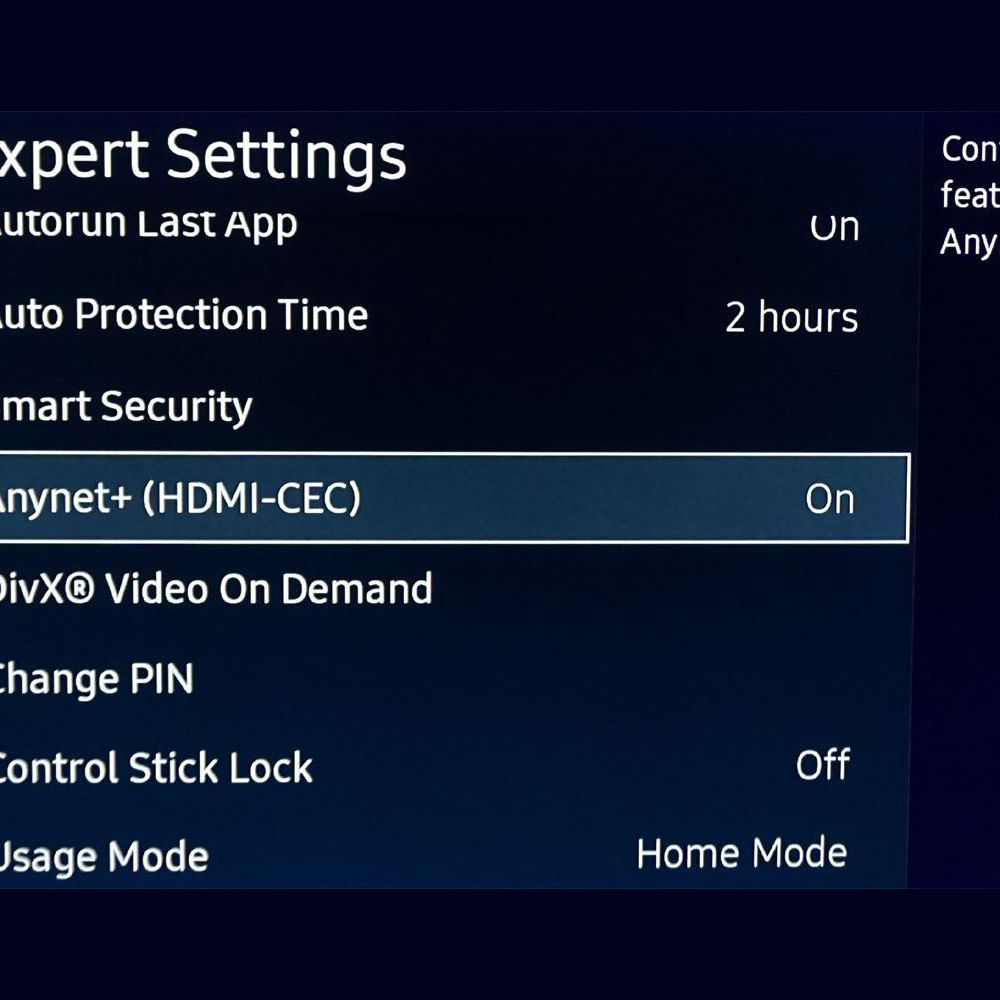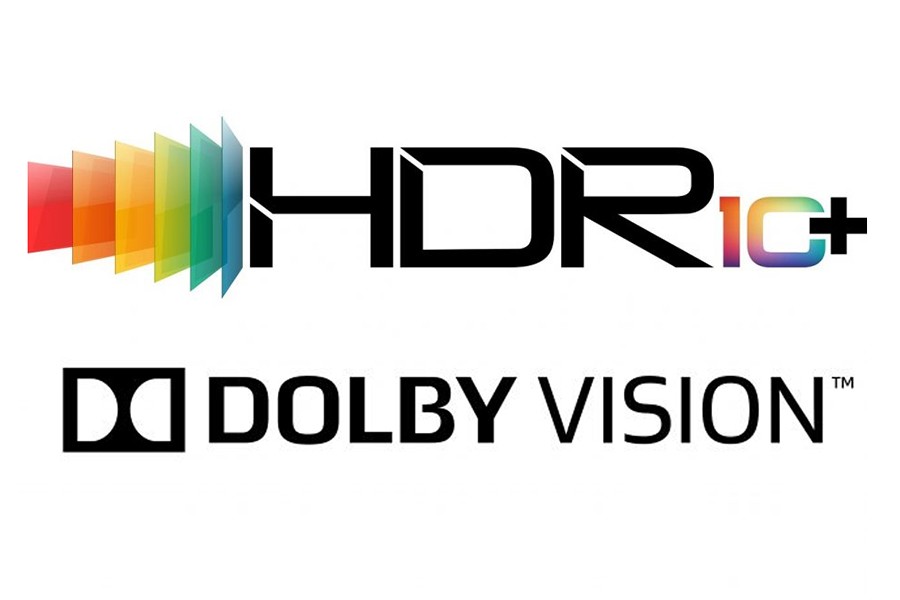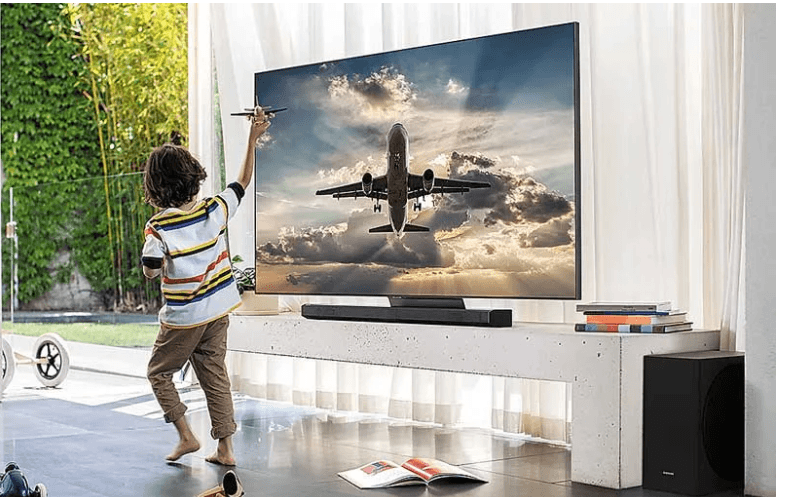When it comes to choosing a new television set, there are a series of technologies that allow us to extend the useful life of the devices for the future. With the arrival of new generation consoles to the market and the redistribution of frequencies to pave the way for the 5G network and improve the quality of broadcasting, it is increasingly important to have several of the features needed to make the most of the innovations in television, features such as those we will list below.
HDMI 2.1: To Take Full Advantage of New Generation Consoles

That’s right. The HDMI 2.1 standard will allow us to take full advantage of the PS5 and Xbox Series S, and Xbox Series X by allowing users to have a 4K image at 120 frames per second thanks to the 48 Gbps bandwidth. It is capable of displaying images in 10K resolution at 120 Hz, in addition to including support for eARC and VVRR to enhance the audio and video experience.
Among other things, VVRR technology simulates the operation of G-Sync and FreeSync, by synchronizing the hertz of the screen with the FPS of the console or the broadcast source. eARC is aimed at improving the sound quality with third-party devices (soundbars, speaker systems.), as well as bringing Dolby Atmos, Dolby TrueHD DTS Master, and DTS:X systems to televisions. The HDMI 2.0 standard, on the other hand, is only capable of reaching a bandwidth of 18 Gbps, which largely limits the resolution and frames per second displayed per screen.
HDMI-CEC: One Master Control

The “CEC” means Consumer Electronics Control. As its name suggests, this technology unifies the TV control systems when connecting any device through the HDMI connection. In this way, we can control soundbars, video devices, and TV Sticks from a single control and without resorting to independent controllers. Increase the volume, adjust the brightness, and turn off the device.
HDR 10+ and Dolby Vision: The High Dynamic Range for Televisions

Following the image standards, two of the most important technologies that become important when viewing content on streaming platforms are HDR 10+ and Dolby Vision. Both technologies are aimed at improving the dynamic range of the image, with more detail in the colors and less contrast in the highlights.
The differences between these two systems – while HDR 10+ limits the color depth to 10 bits, the Dolby Vision standard is capable of displaying up to 12 bits of color. Another advantage of the latter system has to do with the possibility of displaying up to 10,000 nits of real brightness (4,000 in most commercial TVs), as well as the integration of the Tone Mapping system, which analyzes in real-time the appearance of the images to adapt the colorimetry and tonality to the visual conditions.
DVB and ATSC: The Future of Broadcasting is in the Hands of these Receivers
This is the case of the DVB-T3 systems, which are supposed to start being implemented in a couple of years in Europe to improve the quality of broadcasting. Other systems such as ATSC tuners in their 3.0 version let us reach a 4K emission quality, with high frame rates per second, multichannel sound, and HDR compatibility. The final image quality would be very similar to what can be seen on platforms such as Netflix or Disney+. And having a smart TV that is compatible with all receivers will prevent the need to resort to third-party devices once the new standards are established.
Between LED and OLED? QLED TV is Better

We have already talked at length about the advantages and disadvantages of LED and QLED displays. The halfway solution that most manufacturers are adopting has a name: QLED. The biggest advantage of QLED technology is found in the purity and vividness of the colors, as well as the viewing angles. Because it does not use an organic pixel matrix, the durability of this type of panel is much greater than that of OLED displays. On the other hand, the purity of the dark colors does not reach the levels of the mentioned display technology.
The good news is that the price of this type of television is significantly lower than that of OLED televisions, although higher than those with LCD LED screens.
Compatibility with Major Voice Assistants

The current market has different options in terms of operating systems and voice assistants. Today, the most popular options are Google Assistant, Bixby, Alexa, and Siri. In these cases, it is advisable to always opt for televisions that are compatible with the majority of assistants, as is the case with the new generation of Samsung QLED televisions, which have Alexa, Google Assistant, and Bixby.
From any of these assistants, one can take control of the rest of the smart devices connected to the WiFi network. Light bulbs, fans, thermostats, plugs. To this, it is necessary to use the assistants when automating certain actions (changing channels, opening an application, controlling the volume and brightness) or requesting information of any kind.
This post may contain affiliate links, which means that I may receive a commission if you make a purchase using these links. As an Amazon Associate, I earn from qualifying purchases.

